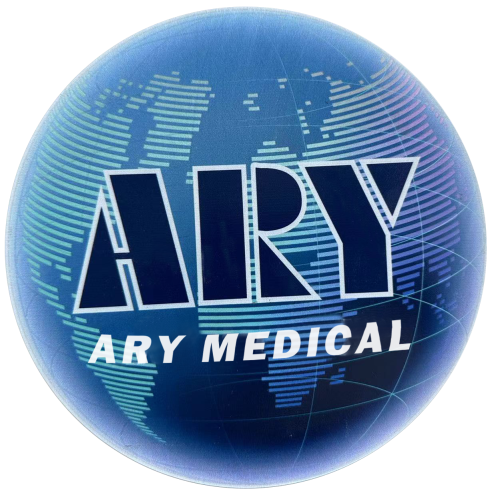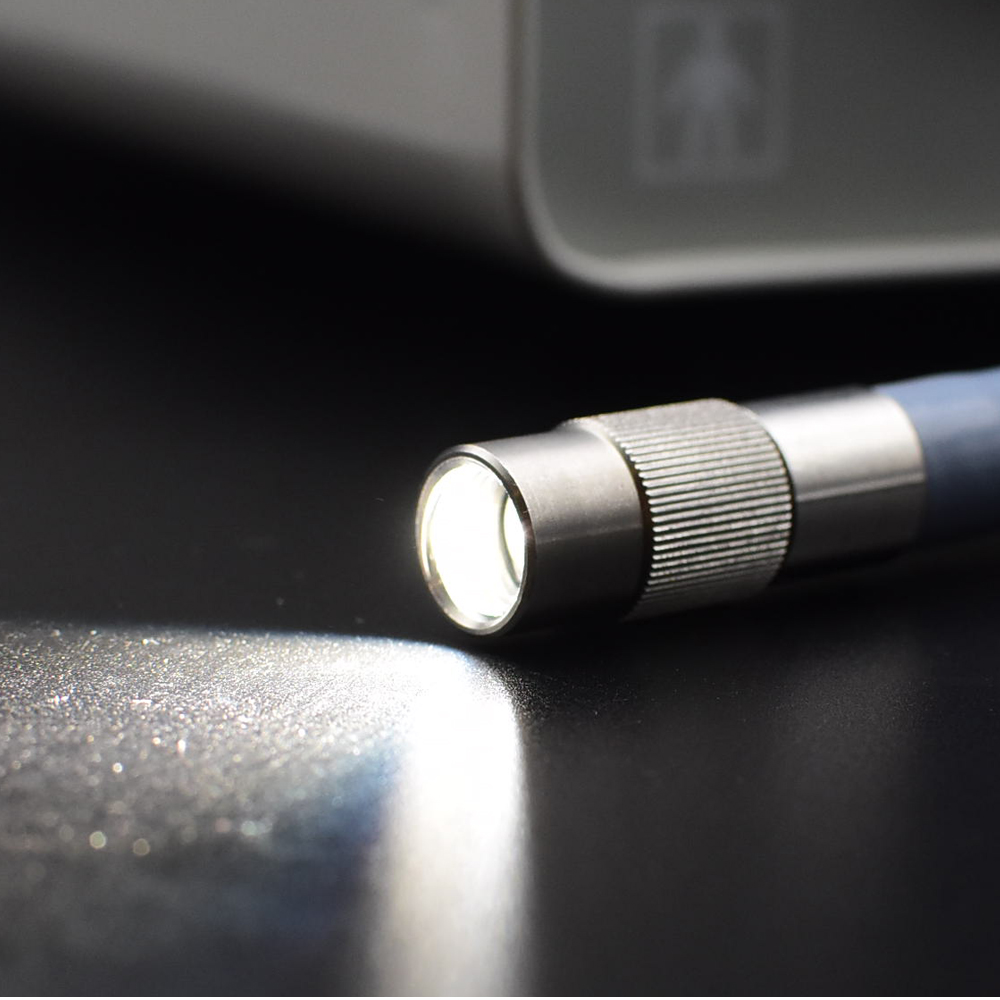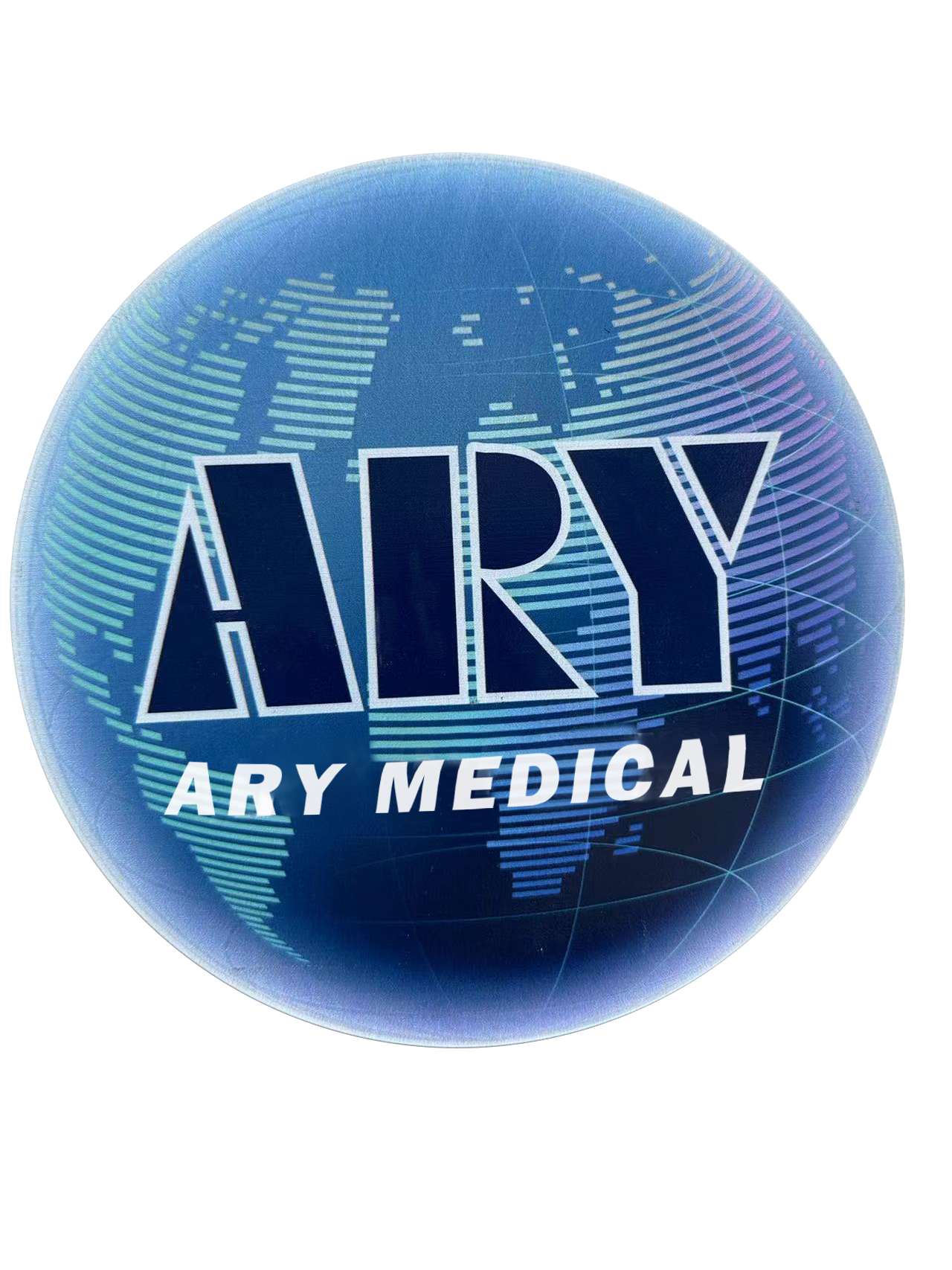The Secret to Success: Examination Lights: Flexible Lighting for Accurate Assessments
In the high-stakes world of healthcare, where precision can mean the difference between life and death, one critical tool often goes unnoticed: the humble examination light. Far more than a simple beam of illumination, these sophisticated devices are the unsung heroes of accurate diagnoses and successful treatments. Imagine a surgeon navigating the intricate landscape of the human body, or a dermatologist scrutinizing the subtle nuances of skin texture—each relying on flawless lighting to reveal what the naked eye might miss. Yet, not all lights are created equal. From shadow-free clarity to adaptive color temperatures, the science behind examination lighting is a marvel of modern engineering. Why, then, do so many overlook its pivotal role? In this deep dive, we uncover how flexible, high-performance lighting isn’t just a convenience—it’s the secret weapon of medical success. Ready to see healthcare in a whole new light? Let’s illuminate the path forward.
A Brief History of Medical Lighting: From Flickering Flames to Focused Beams
Picture a 19th-century surgeon hunched over a patient, squinting in the dim glow of a candle—its fragile flame casting erratic shadows, turning routine procedures into perilous gambles. For centuries, medical practitioners battled lumen-starved environments, relying on sunlight, oil lamps, and gaslights. These rudimentary tools weren’t just unreliable; they risked patient safety with open flames and inconsistent illumination. The advent of electric bulbs in the late 1800s sparked a revolution, but early incandescent lights were crude: hot, harsh, and prone to burnout. Yet, they laid the groundwork for a seismic shift—transforming medical lighting from a passive accessory to an active diagnostic ally.
How Technology Transformed the Humble Examination Light
The 20th century catapulted medical lighting into a new era. Enter halogen lamps: brighter, sharper, and filament-precise. Surgeons rejoiced at their daylight-mimicking glow, which exposed tissue contrasts with unprecedented clarity. But halogen’s Achilles’ heel? Scorching heat and energy gluttony. Clinics became saunas, and bulbs burned out faster than tempers in a busy ER. Then came LEDs—the silent disruptors. With their icy efficiency and surgical precision, these semiconductor marvels redefined flexibility. Suddenly, lights could bend, twist, and dim on command, offering chromatic fidelity without the burnout. Modern systems now integrate adaptive optics, mimicking the sun’s spectrum or amplifying specific wavelengths to expose hidden pathologies. From clunky fixtures to sleek, AI-ready designs, the evolution of examination lights mirrors medicine itself: relentless, innovative, and laser-focused on erasing uncertainty.
Brightness and Intensity: Finding the Perfect Balance
In the realm of medical diagnostics, brightness isn’t just about seeing—it’s about perceiving. Too dim, and subtle lesions or vascular patterns vanish into obscurity; too harsh, and glare obscures critical details. The sweet spot? A Goldilocks zone of illumination, measured in lux, where light intensity harmonizes with human visual ergonomics. Modern LED systems deliver 10,000 to 200,000 lux, eclipsing halogen’s fiery output without roasting the room. Imagine a dermatologist analyzing a melanoma: adjustable brightness lets them toggle between ambient overview and pinpoint scrutiny, all while avoiding the “solar eclipse effect” of outdated bulbs. The secret? Layered dimming controls and anti-glare optics—tools that transform raw lumens into actionable clarity.
Color Temperature: Why It’s Critical for Accurate Assessments
Light isn’t just bright or dim—it’s warm or cool, and that distinction can make or break a diagnosis. Measured in Kelvin (K), color temperature dictates whether tissues appear jaundiced or pallid under the beam. A 4500K setting mimics midday sun, ideal for spotting erythema’s crimson blush, while 3000K’s amber warmth soothes during prolonged procedures. But the real game-changer? Tunable spectra. Think of a surgeon switching from cool-white precision to warm ambiance mid-operation, reducing eye strain without sacrificing accuracy. Studies reveal that misaligned color temps can skew diagnostic confidence by up to 40%—proof that lighting isn’t just functional, but diagnostically strategic.
Shadow Control: Eliminating Distractions for Clearer Views
Shadows in a clinic aren’t just inconvenient—they’re adversaries. A single shadow can mask a tumor’s edge or a suture line, turning precision into guesswork. Enter multi-source optics: systems that deploy concentric LED rings or prismatic diffusers to flood the field with shadow-defying uniformity. Brands like Trumpf Medical leverage “optical harmony” algorithms, blending wavelengths to erase contrast gaps. Picture a dentist probing a molar—no more craning to dodge their own head’s silhouette. It’s not magic; it’s physics. By scattering light like a studio softbox, top-tier fixtures achieve <10% luminance variation, ensuring every angle is a clean slate for observation.


